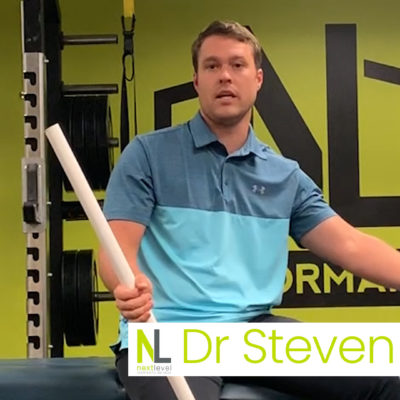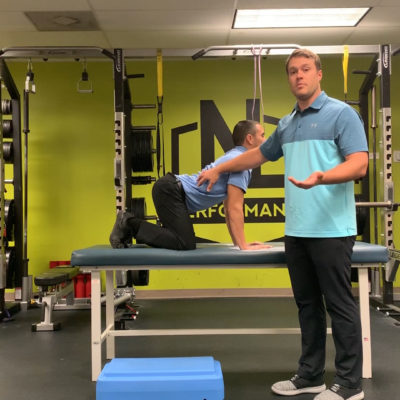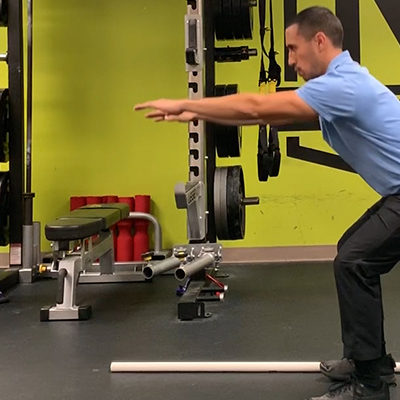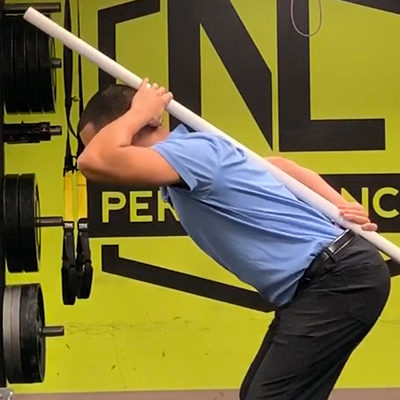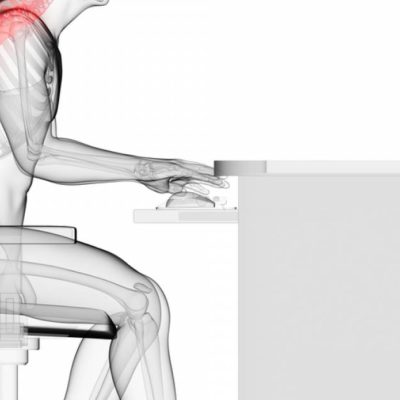This is the the final installment of a 4 part Spinal Hygiene Series. We wrap up the Spinal Hygiene series today in part 4 by helping you set some expectations and begin looking forward at how to maintain spinal health once you’ve kicked this current pain to the curb. If you’ve been going through these videos and and […]
read moreThis is the the final installment of a 4 part Spinal Hygiene Series.
We wrap up the Spinal Hygiene series today in part 4 by helping you set some expectations and begin looking forward at how to maintain spinal health once you’ve kicked this current pain to the curb.
If you’ve been going through these videos and and posts and implementing the exercises into your daily routine, you should hopefully be experiencing some degree of relief and making conscious efforts to avoid rounding your back. You’re utilizing your hips to do their fair share of the work to relieve the pain in the discs.
It’s important to note, this series is not intending to create a rule to “never round your back”. It’s just for this period in time to give your back the space it needs to heal. You can think of it in the same way you would if you sprained your ankle. With a sprained ankle, you would wear a brace for a while to give it some support as you’re rehabbing. This gives it time to regain strength as you move about your day with as little pain as possible.
Setting Expectations
Most people that do a good job of avoiding back rounding can expect to have a significant improvement within about a week. It’s not uncommon for many our clients with this type of pain to pick up weight on the first day before leaving the office. And a huge percentage of these clients to report after the first week of implementing these exercises into their daily routine that they are able to…
- get out of bed without pain
- brush teeth
- get in and out of the car
- go the bathroom
Prior to becoming mindful of the things we’ve been talking about in this series, these same activities had been had been irritating the disc and causing extreme pain. It’s important for you to know that your back will heal… just keep putting it in the environment so that it can.
A lot of times, the disc pain you’ve been experiencing originated from other places in the body not bearing their share of the load. At Next Level, we don’t just chase the pain, but we work to identify the source problem and give you the tools you need to strengthen your core and build good patterns that prevent future injuries.
Looking Ahead
In some upcoming videos, we will address thoracic spine (mid-back) mobility and hip mobility. These are two common areas of the body that, given the right tools, you can avoid many potential future injuries.
Watch the full video below…
Cat Cows in the Morning
Welcome to the third installment of our Spinal Hygiene series. Today we’re talking about your morning routine and a move called the “Cat Cow Movement”. Morning can be a very painful time of the day when you have discogenic pain. The reason for this is your spine swells while you’re sleeping. As you are laying […]
read moreBox Squats for Low Back Pain
This is Part 2 of 4 in the Spinal Hygiene Series. If you’re a regular at the gym, you should already have a good handle on the proper form for box squats. Even so, this is a good refresher of the mechanics of the movement to review and make sure you’re not slipping into bad habits. Patients […]
read morePerfecting the Hip Hinge
This is the first part of a 4 part Spinal Hygiene Series. The hip hinge is arguably one of the most important movement patterns in strength training. The hip acts as a hinge for the lower and upper body to thoroughly engage the posterior chain – especially glutes, hamstrings, and lower back. Often, we use this exercise with […]
read moreYou Can Prevent Running Injuries
Here comes a bold statement for the runners out there … Did you know that almost all knee pain and low back pain is both preventable and predictable? Please, let me explain. The majority of the time that someone has one sided low back pain or knee pain, there is weakness or instability in the […]
read moreCan’t Touch Your Toes… “Try Harder!”
Most folks can agree this advice is misguided at best. But it’s no different from the advice I hear so many of my patients have received while working out. I am very adamant about this topic for several reasons. Here I will present one, seemingly obvious example, that I find myself talking to patients about […]
read moreWill Your Desk Be the Death of You?
Most of us would agree that sitting couldn’t possibly be good for us. However, few of us ever really came to the harsh realization of just how dangerous it is. Articles discussing this topic have been all over recently, most of which have deemed sitting the new smoking, so I thought I’d shed some light […]
read moreAre You Too Tight or Too Weak?
There are 2 types of people that can’t touch their toes….. those that are too tight and those that are too weak. Don’t be fooled as both groups of people will present similarly if not identically. Usually as they bend forward, they will declare that their “hamstrings are tight” and many times you’ll hear “I […]
read more
